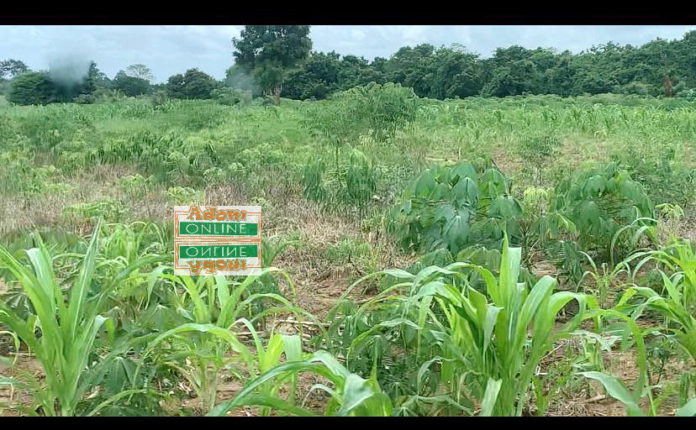Heads of State and Government from 134 countries have acknowledged the escalating threats posed by adverse climate impacts to agriculture and food systems in a historic joint declaration.
The countries, including Ghana, emphasized the urgent need to address mounting challenges such as hunger, malnutrition, and economic stresses, particularly affecting vulnerable populations.
Recognizing the pivotal role of agriculture and food systems in responding to climate change, the leaders underscored their commitment to realizing the right to adequate food and ensuring access to safe, sufficient, affordable, and nutritious food for all.
“Noting that agriculture and food systems are fundamental to the lives and livelihoods of billions of people, including smallholders, family farmers, fisherfolk and other producers and food workers.
Noting the essential role of international and multi-stakeholder cooperation, including South-South and Triangular cooperation, financial and funding institutions, trade, and non-state actors in responding to climate change,” the joint declaration stated.
The declaration acknowledged the fundamental importance of international cooperation, including South-South and Triangular cooperation, financial institutions, trade, and non-state actors in addressing climate change.
The leaders reaffirmed their collective commitments to international frameworks such as the 2030 Agenda for Sustainable Development, the UN Framework Convention on Climate Change, the Paris Agreement, the UN Convention on Biological Diversity, and the Kunming-Montreal Global Biodiversity Framework. They also highlighted the significance of the UN Food Systems Summit.
Emphasizing the critical findings of recent Intergovernmental Panel on Climate Change (IPCC) assessments, the leaders stressed that achieving the long-term goals of the Paris Agreement must include comprehensive consideration of agriculture and food systems.
They declared their intent to collaborate on scaling up adaptation and resilience activities, promoting food security and nutrition, supporting workers in agriculture and food systems, strengthening water management, and maximizing climate and environmental benefits.
“…………..Maximize the climate and environmental benefits -while containing and reducing harmful impacts – associated with agriculture and food systems by conserving, protecting and restoring land and natural ecosystems, enhancing soil health, and biodiversity, and shifting from higher greenhouse gas-emitting practices to more sustainable production and consumption approaches, including by reducing food loss and waste and promoting sustainable aquatic blue foods.”
This commitment extends to a significant escalation of adaptation and resilience initiatives aimed at diminishing the vulnerability of farmers, fisherfolk, and other food producers to the repercussions of climate change. The leaders emphasized the importance of providing financial and technical support for sustainable solutions, capacity building, infrastructure, and innovations, including the implementation of early warning systems. These efforts are designed to foster sustainable food security, production, and nutrition while concurrently conserving, protecting, and restoring nature.
The leaders committed to integrating agriculture and food systems into their climate action plans and mainstreaming climate action across policies related to these sectors. They outlined specific objectives to be achieved by 2025, including broad and inclusive engagement, policy orientation, financial support, science-based innovations, and the enhancement of the multilateral trading system.
With seven years left to achieve shared goals, the leaders pledged to strengthen collaboration among ministries and diverse stakeholders, regularly review progress, and consider next steps in 2025 and beyond.
The joint declaration signifies a landmark commitment to addressing the intersection of climate change, agriculture, and food systems on a global scale.

